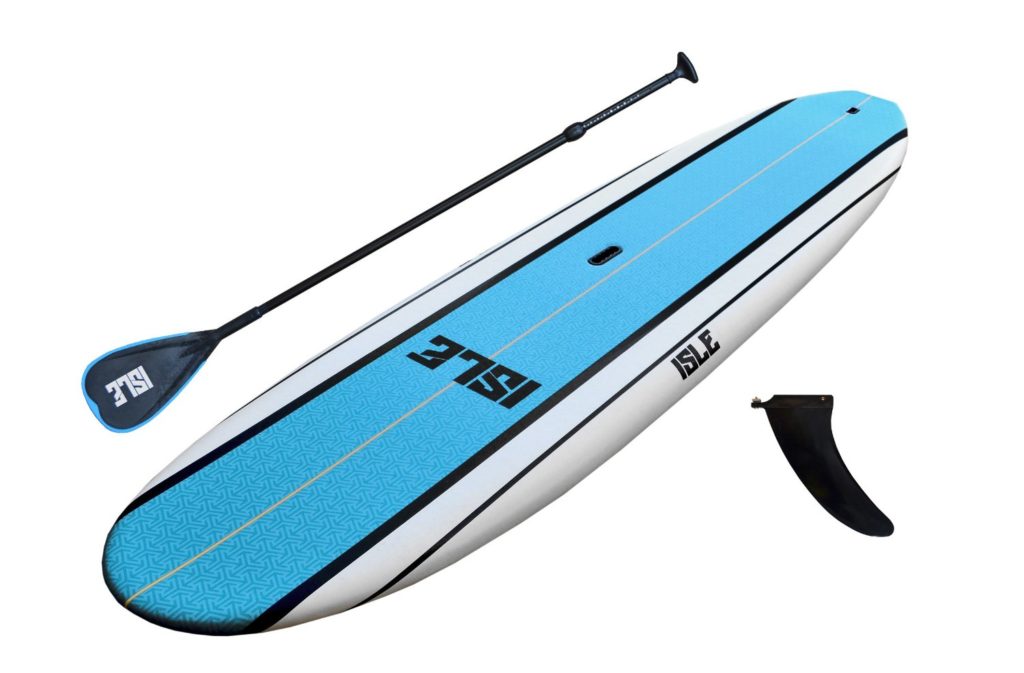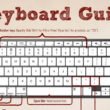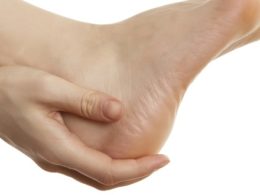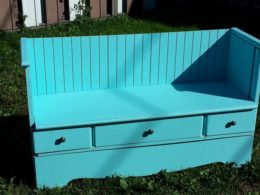What’s SUP?
No, not a greeting at all. SUP is short for stand-up paddle boarding—one of the fastest-rising forms of water sports in the planet. For those not in the loop, SUP is like a cross between surfing and kayaking, and suitable for almost any type of water environment—from open oceans to placid lakes.
A lot of people love SUP, thanks to it being an entire body exercise. Those who love the outdoors find it as a great way to see the aquatic environments up close without the roars and distraction that comes with water or boat engines. And for laidback people, this activity can be relaxing and a bit meditative.
Stand-up paddle boarding may be appealing to hordes of people, but know that this sport is not inexpensive. So before you declare yourself as a paddle boarder, you need to understand first the sport’s basic mechanics, equipment, and also be ready to invest a major chunk of your time and resources to acquiring the proper sets of equipment and training in order to achieve your personal level of comfort.
Your Basic Paddle Boarding Needs

Paddle boards
These are almost similar in appearance to surfboards—only thicker in the hull. Paddle boards are about 10 feet long, with a width of 30 inches, and thickness of roughly 5 inches. They may come with unobtrusive fins for ease of use through the water.
Paddle boards come in two types: inflatable and rigid. The latter’s shape is fixed and cannot be broken down or folded. Plus they are easier to control in the water. A competitive paddler will generally prefer a rigid board.
On the other hand, an inflatable board is a combo of durable fibers such as resin polyesters and PVC that can provide for strength and water resistance. This type of boards may not perform as well in rough waters, but a skilled paddler can just easily compensate for the equipment. It is often cheaper than rigid ones too, which makes it an attractive buy for beginners at the sport.
Paddles
Paddles are long and with angled heads which provide it with improved leverage once in water. As a rule of thumb, a paddle should be at least 6-inches taller (or longer) than the one who will wield it (paddler).
Paddle Boarding as a Good Exercise
SUP is almost guaranteed to keep its practitioners in great physical shape. While beginners don’t really need to be super fit to enjoy the sport, SUP can prove to be very tiring at first, especially for people who lack daily exercise.
To be a competent paddle boarder, you’ll need the following:
- Upper body strength and stability
- Core strength
- Good upright balance (so you can hold your ground on an unsteady surface)
- Good leg strength
How to Lessen Your Paddle Boarding Costs
Like a lot of hobbies, SUP is not without any associated costs—it requires an upfront and ongoing investment. Though via advanced planning and making sensible choices, one can definitely reduce the costs involved with this water sport. So if you’re on a tight leash but would like to try your hand at SUP, here’s what you can start doing:
Don’t purchase a paddle board just yet.
Buying a paddle board requires a certain level of commitment, much like buying a new car for yourself. Not unless you can find a used-but-not-that-abused board for a cheap price, then it’s better to hold off from owning your own board until you are sure that you are already comfortable on your feet and you’re willing to stick to the hobby for a long time.
Look for equipment packages.
You can save a lot if you buy in packages, which in SUP terms should include a board, paddles, and other accessories such as life jackets and whistles.
Try it with an inflatable board first.
Boards are going to be your biggest expense in SUP. Rigid boards are priced higher than inflatable ones, plus storage of such can also set you back a few hundred dollars if your living situation does not include at-home board storage, in which case will force you to pay for an off-site storage. So, if you’re not turning pro anytime soon, look for an inflatable board for the meantime.
Let someone you know show you the ropes.
If you have a friend who knows SUP, ask them for help, and skip training with professionals, if you want to save some dollars. Better yet, consider group lessons which are cheaper than having private lessons from a coach.
Okay, so SUP has definitely gotten a lot of fame over the recent years, but know that it isn’t the only water sport out there. There are other cheaper and more traditional water sport pursuits that you may try, especially at times when your cash stash is running low.








